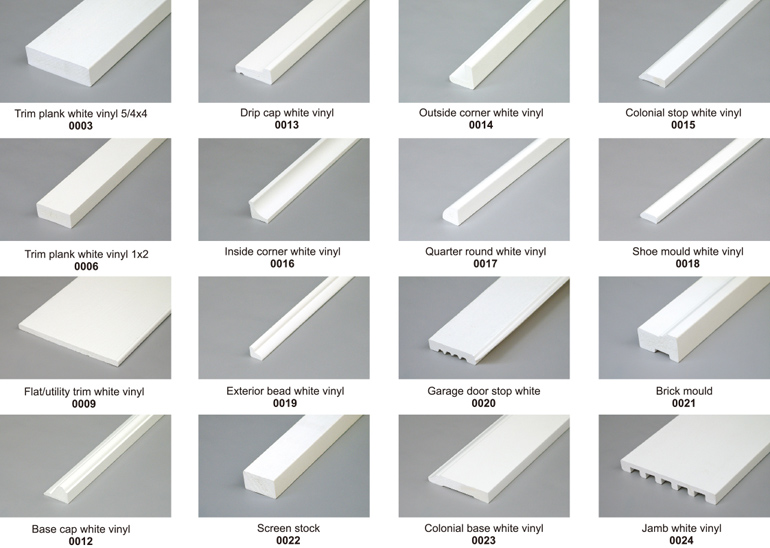1. What is PVC moulding?
Developed with Polyvinyl Chloride, PVC moulding is a versatile material used for exterior and interior applications. It is prized for its durability, resistance to grease and moisture, and cost-effectiveness.
As one of the most commonly used materials, PVC makes it possible to create molding in various shapes, applying it to house siding, windows, doors, etc. In addition, it is an easy material to work with as it doesn’t require a lot of strength or skill to cut, drill, and glue together.
2. Is PVC moulding better than wood?
PVC moulding is one of the best methods by which you can complete your project, whether that involves building a new addition or revamping an existing area.
- This material is versatile, easy to work with, and can be used for many different applications — something wood may not always offer.
- It is also less expensive and easier to install than wood.
- It also offers greater durability than wood, which tends to have a limited lifespan and can be easily affected by elements of weather and termites.
- PVC moulding, compared with wood molding can also eliminate the complexity of cuts and curves because it is pre-molded.
- PVC moulding has become the preferred alternative to Wood owing to its easy installation, excellent rigidity properties, and high impact strength.
3. Is PVC moulding waterproof?
PVC moulding is a thermoplastic that has a wide range of applications. It is flexible, resistant to the elements, and strong enough for nearly any application requirements. However, PVC is not entirely waterproof, although it does resist water quite well.
Typically, PVC moulding won’t retain water and act as a “water trap” resisting water as some drywall sheets do. However, it offers solid resistance to water due to its composition. When it comes in contact with water, it does not swell or lose its composition, making it fit for all types of weather.
In terms of resistance, it’s practically impervious to water, even if it comes into contact. This is one of the reasons why many people choose PVC moulding for their homes and offices.
4. What is PVC moulding used for?
- You can attach PVC moulding to your walls and ceilings using adhesives or finishing nails.
- The moulding is also used with electrical applications and for cabinetry.
- It’s often used outside windows as exterior moulding to help seal the glass securely and safely within the frame.
- It has low moisture absorption and can be installed outside your home or in wet areas such as bathrooms.
- PVC moulding is also easy to clean and resistant to stains, suitable for kitchens.
5. Is PVC moulding paintable?
Indeed, PVC moulding is paintable. Due to the absence of moisture in its substrate, PVC moulding tends to hold paint longer than other materials such as wood or wood composites.
6. How do you attach PVC moulding?
- When attaching PVC moulding using an adhesive, you must ensure that all air pockets are out of the joint.
- It’s important to fit it smoothly to avoid bows or cracks forming on the moulding.
- You may want to invest in a PVC moulding kit that offers everything you’ll need for self-installation and instructions for the entire process.
- The most important tools for attaching PVC moulding are the correct PVC screws, glue, and the correct size driver with an extension. These three items will make your project a success.
Post time: Apr-28-2023

